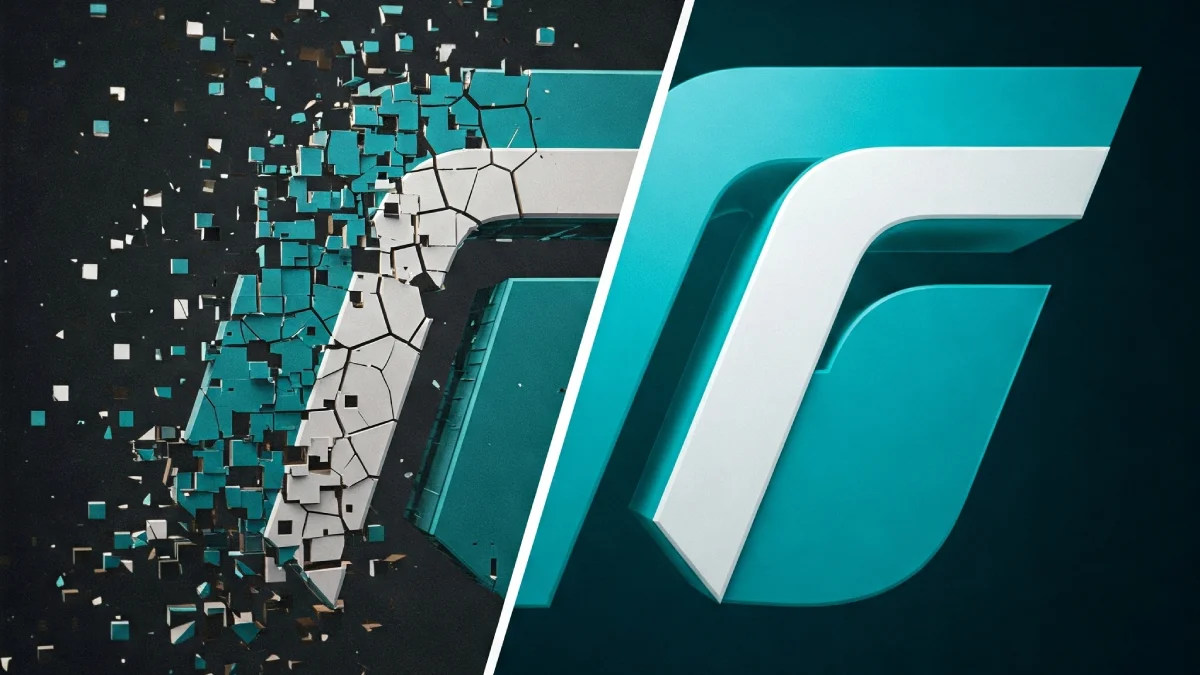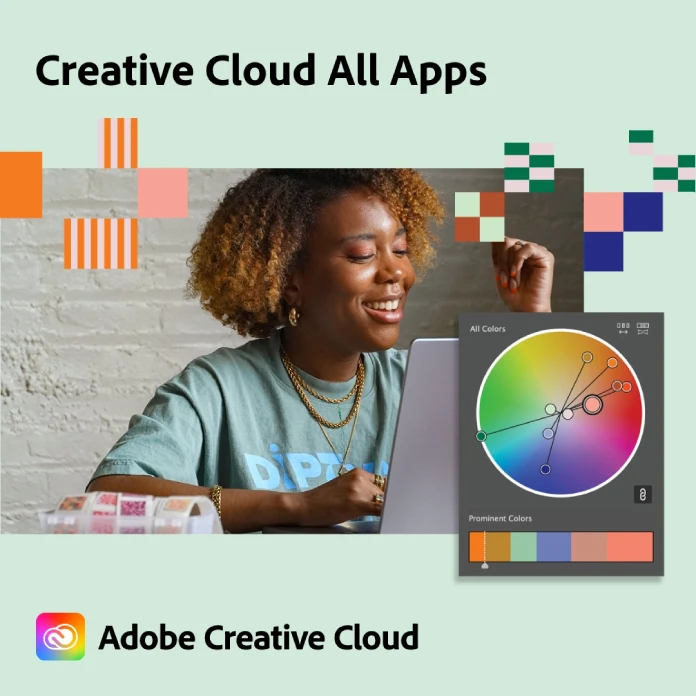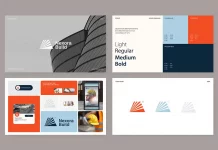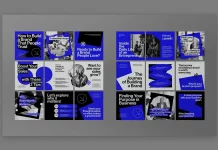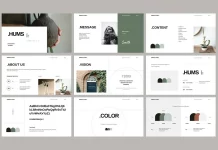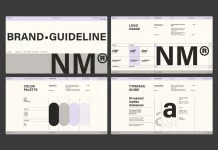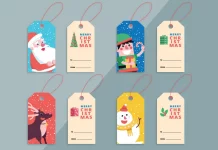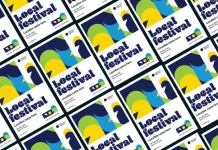A Logo Vector Graphic is the Unskippable Secret to a Flawless Brand Identity.
We all have seen these pixelated business emblems somewhere. People in the printing industry are particularly familiar with the scenario where they request a vector file, and the customer has no clue what they are talking about. The issue often isn’t the brilliance of the design itself, but rather the format of that design. This is precisely where understanding the immense power of a logo vector graphic becomes not just helpful, but absolutely essential. It’s far more than a mere technicality; it’s the robust foundation upon which a versatile, adaptable, and thoroughly professional brand presence is built. So, what is it about a logo based on vector graphics that makes it so critical for your brand’s journey and ultimate success?
What Exactly is a Vector Graphic? (And Why Should This Matter for Your Logo?)
Let’s unravel this mystery. Imagine you’re looking at two ways to create an image. One way is to use tiny colored squares, or pixels, to paint a picture on a grid. This is a raster graphic (think JPEGs or PNGs). It looks great at its intended size. But what happens if you try to make that picture much bigger? Those tiny squares just get larger and more obvious, leading to a blurry, blocky mess. Not ideal for your brand’s primary symbol, is it?
Now, picture a different approach. Instead of pixels, imagine drawing with mathematical instructions: “draw a line from point A to point B,” “create a curve with this radius,” “fill this shape with this specific color.” This is the essence of a logo vector graphic. It’s constructed from paths, points, and algorithms, not a fixed grid of pixels. Think of it like an infinitely adaptable blueprint rather than a static photograph. Why does this distinction matter so profoundly for your emblem? Because your logo needs to perform flawlessly everywhere, a logo vector graphic ensures it can. This fundamental difference is key to understanding the advantages of vector graphics for logos.
The Superpower of Scalability: Why Your Logo Vector Graphic is a Master Shape-Shifter
Herein lies the true magic of a logo vector graphic: unparalleled scalability. Because it’s defined by mathematical equations, a vector image can be shrunk down to the size of a tiny website favicon or blown up to adorn a massive billboard, all without losing a shred of clarity, sharpness, or detail. It will remain perfectly crisp.
Consider the diverse applications your logo faces:
- Tiny icons on mobile apps.
- Sharp emblems on business cards.
- Crisp graphics on your website.
- Large banners for trade shows.
- Vehicle wraps.
- Massive building signage.
A single logo vector graphic file can handle all these demands. Try doing that with a pixel-based image, and you’ll quickly encounter that dreaded pixelation when you scale up. This inherent ability to resize perfectly is why a logo vector graphic is non-negotiable for a dynamic brand. How can you make a logo scalable without losing quality? The answer is simple: ensure it’s a logo vector graphic from the outset.
Editing Prowess: The Logo Vector Graphic Advantage for Adaptability
Branding isn’t static. Needs change. Opportunities arise. Perhaps you need a monochrome version of your logo for a specific print job. Maybe you want to subtly adjust a curve or an element within the design. With a vector design, these edits are straightforward.
Designers can easily:
- Change colors with precision.
- Modify individual shapes or components.
- Adjust line thicknesses.
- Create different versions (e.g., black and white, reversed out for dark backgrounds, or simplified versions for small applications).
Attempting such edits on a raster image is far more complex and often destructive, meaning quality degrades with each change. A logo vector graphic provides the flexibility to adapt your branding consistently across all touchpoints. This adaptability ensures your logo vector graphic remains a current and effective asset for years to come, supporting your overall graphic design and branding strategy.
Versatility Unleashed: One Logo Vector Graphic, Countless Applications
The true workhorse nature of a logo vector graphic shines when you consider its versatility. This single master file becomes the source for almost every visual representation of your brand.
- Professional Printing: For business cards, brochures, flyers, posters, and packaging, printers will almost invariably request, or even demand, a logo vector graphic. They need it to produce sharp, high-quality results. An EPS file or AI file is often their preferred logo file type.
- Digital Media: While websites and social media use raster formats like PNGs (especially for transparency) or JPEGs, these should always be exported from your master logo vector graphic at the exact size and resolution needed. This maintains quality control. An SVG logo is also increasingly popular for web use due to its scalability directly in browsers.
- Specialty Manufacturing: Think about embroidered apparel, engraved awards, or custom signage. These processes often rely on the clean lines and paths of a logo vector graphic to guide machinery.
Having a logo vector graphic means you are prepared for virtually any application, now or in the future. It answers the question, “What is the best file format for a logo?” by providing the foundational master.
Key File Formats: Your Vector Graphic’s Trusted Allies
When you receive your logo design, understanding the file types is crucial. For your master brandmark, you should look for these common formats:
- .AI (Adobe Illustrator): This is the native file format for Adobe Illustrator, a leading software for vector design. It preserves all editing capabilities. An AI file is a gold standard for any kind of vector design.
- .EPS (Encapsulated PostScript): An older but still widely supported vector format. EPS files are great for compatibility with various design software and printers. An EPS file is another excellent choice for a scalable logo.
- .SVG (Scalable Vector Graphics): An XML-based open-standard vector format. SVGs are fantastic for web use because they scale in the browser and can be manipulated with code. They are also gaining traction for print. An SVG logo offers modern flexibility.
- .PDF (Portable Document Format): While PDFs can contain raster images, they can also perfectly encapsulate vector information. A PDF saved correctly from vector software can serve as a good, shareable version that retains scalability. However, always ensure your primary master is an AI, EPS, or SVG file.
When working with a designer, always request these logo file types as part of your final deliverables. They are essential components of a professional logo package.
“But My Logo is a PNG/JPG, Isn’t That Good Enough?” (Addressing a Common Misconception)
It’s a frequent question: Can a logo be a JPG or PNG only? While PNGs (especially for transparent backgrounds on websites) and JPEGs have their place in the digital realm, relying on them exclusively for your logo is a significant limitation. As we’ve discussed, these are raster formats. They are fixed in resolution.
If your only logo file is a PNG or JPG, you will inevitably face problems when:
- You need to print it larger than its original size.
- You require edits to colors or shapes.
- You need to provide it for specialty manufacturing like embroidery.
Raster versions are perfectly acceptable for specific uses like websites or social media. However, these should always be derived or exported from your master logo vector graphic. Having only a raster version means you lack the foundational, infinitely scalable master file. This often leads to asking, “Why does my logo need to be a vector?” precisely when a problem arises. The answer is to prevent those problems from ever happening.
The Professional Standard: A Logo Vector Graphic Signals Credibility
In the world of graphic design and branding, providing a logo vector graphic is standard practice for professional designers. It demonstrates an understanding of how logos function across various media and a commitment to providing clients with robust, usable brand assets.
Receiving only a raster file (like a JPG or PNG) as your “final logo” can be a red flag. It might indicate a lack of professional experience or the use of inappropriate tools for logo design. A proper logo vector graphic not only ensures technical quality but also contributes to the overall perception of your brand’s professionalism. What if you currently lack a logo vector graphic for your established brand? It’s highly advisable to either go back to your original designer to request it or invest in having your logo professionally recreated as a true logo vector graphic. This investment will pay dividends in quality and usability.
Create Stunning Logos with These Fully Editable Logo Vector Graphics
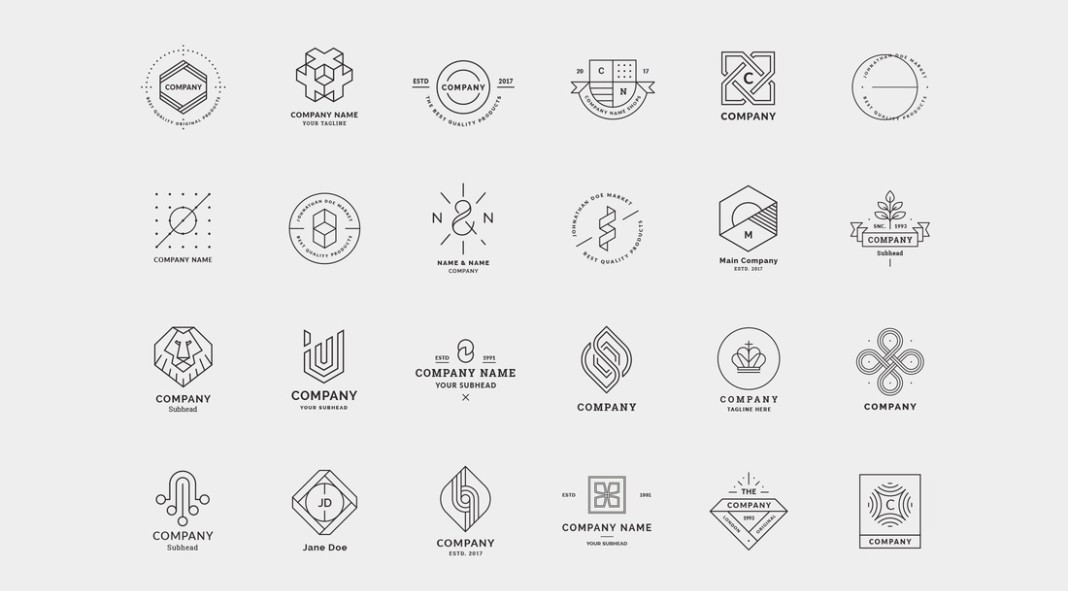
If you don’t want to create a logo vector graphic from scratch, feel free to try this collection of 30 fully customizable, minimalist logo designs by Amito Vectors. These editable vector graphics, perfect for diverse applications from corporate to personal projects, feature an impeccable line art style with clean, modern aesthetics. They integrate seamlessly with professional software like Adobe Illustrator, enabling the easy creation of polished and sophisticated logos suitable for various industries, though such software is required for editing.
Long-Term Value: Future-Proofing Your Brand with a Logo Vector Graphic
Investing in a proper logo vector graphic from the start, or rectifying the situation if you don’t have one, is an investment in your brand’s future. It saves countless headaches, potential redesign costs, and lost opportunities down the line.
Imagine new advertising mediums emerging or needing your logo for an unexpected, large-format application. With a logo vector graphic, you’re prepared. Your brand can adapt, evolve, and seize new opportunities without being hampered by a technically inferior logo file. This forward-thinking approach is crucial for sustainable branding. Your logo vector graphic is a timeless asset, ensuring your visual identity remains consistent and high-quality, no matter where it appears.
Ultimately, the question isn’t whether your logo can exist without a vector version, but whether it should. For any business serious about its brand image, versatility, and professional presentation, the answer is a resounding no. A logo vector graphic isn’t just a “nice-to-have”; it’s a fundamental component of a strong and enduring brand identity. Do you know what format your logo is in? Now might be the perfect time to check and ensure your brand is built on the solid, scalable foundation of a logo vector graphic.
Feel free to browse WE AND THE COLOR’s Graphic Design and Branding categories for more inspiring content.
Subscribe to our newsletter!

